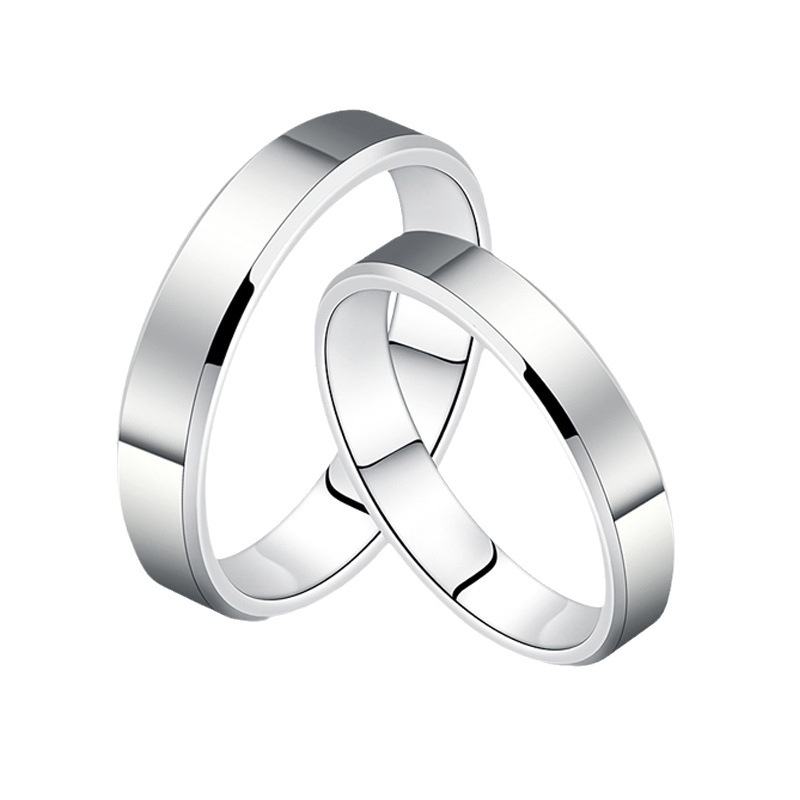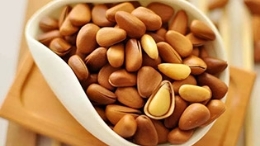The process of jewelry surface has an important impact on the overall appearance, texture and wearing experience. Today, we sorted out nine common metal surface treatment processes. Let’s take a look at it~~
💡Polishing process: Polished jewelry is the most popular choice for consumers, with a classic and shiny appearance. Suitable for most jewelry and not easy to make mistakes, this is a process that attracts attention because of its luster, hence the name “polishing”
☆ The surface of the polished ring is very shiny, you can see your own reflection on the polished ring.

💡Matte process: Rub with agate knife to smooth the lines and edges of the edges, so that the surface is smooth and bright. Matte process refers to incomplete polishing, gloss reflection is low, suitable for people who want a smooth surface but do not go for a high gloss. This kind of jewelry layer is more distinct, three-dimensional sense is stronger, and is mostly used for retro styles.
☆ Matte process is also a common process, mainly used in some traditional retro styles.

💡Frosted process: The feeling of fine sand appears after regular friction with sandpaper on the metal surface, forming a delicate and soft matte matte effect, like a foggy mirror. The popularity of the scrub process among jewelry consumers is second only to the polishing process.
☆ If consumers want some hazy effect rather than a bright smooth effect, the scrub process is the first choice.

💡Drawing process: The process of using a wire brush to etch tiny lines on the surface of jewelry, a dull and therefore non-reflective surface, which is popular on men’s wedding rings.
☆ The drawing process is a non-reflective finish with a subtle, elegant shimmer. Similar to satin matte finishes, brushed finishes lack luster.

💡Sand blasting process: After polishing the jewelry, the fine particles are sprayed on the exposed jewelry surface completely or partially by high pressure to form a fine frosted surface, making the jewelry more rich in texture and hazy beauty. Compared with the ordinary sanding process, the particle texture of the sandblasting process is stronger and evenly distributed.

💡Ice pattern process: Make the jewelry surface distribution of irregular lines, with a unique matte texture. Will show a relatively rough visual effect, suitable for wide and thick rings.

💡Stone pattern process:This is a more aggressive matte finish with a surface that resembles the appearance of stone. It is formed by tiny needles repeatedly striking the metal surface to create a comprehensive, uniform texture.

💡Hammer pattern process: By tapping each pit on the surface of the jewelry with a light hammer to create a textured and flawed appearance, the aim is to increase the light reflected by the textured band of the ring to create a striking one-of-a-kind ring. It is popular because of its unique appearance.

💡Florentine process:refers to a crisscross pattern with delicate textures. The Florentine ring adds a touch of romance and sophistication to the ring, with its contours and lines designed to complement the natural shine and sparkle of the diamond’s central stone by reflecting light back into the diamond’s center.

Follow us and bring you more jewelry knowledge!!


